The Modular Flooring Market is currently characterized by a dynamic competitive landscape, driven by innovation, sustainability, and regional expansion. Key players such as Mohawk Industries (US), Shaw Industries (US), and Tarkett (FR) are at the forefront, each adopting distinct strategies to enhance their market positioning. Mohawk Industries (US) emphasizes innovation through the development of eco-friendly products, while Shaw Industries (US) focuses on digital transformation to streamline operations and improve customer engagement. Tarkett (FR) is actively pursuing partnerships to expand its product offerings and enhance its sustainability initiatives. Collectively, these strategies contribute to a competitive environment that is increasingly focused on meeting consumer demands for sustainable and technologically advanced flooring solutions.
In terms of business tactics, companies are localizing manufacturing and optimizing supply chains to enhance efficiency and responsiveness to market demands. The Modular Flooring Market appears moderately fragmented, with several key players exerting influence over various segments. This fragmentation allows for niche players to thrive, while larger companies leverage their scale to drive innovation and sustainability initiatives. The collective influence of these key players shapes the market structure, fostering a competitive atmosphere that encourages continuous improvement and adaptation.
In August 2025, Mohawk Industries (US) announced the launch of a new line of modular flooring products made from 100% recycled materials. This strategic move not only aligns with the growing consumer preference for sustainable products but also positions Mohawk as a leader in eco-friendly flooring solutions. The introduction of these products is likely to enhance brand loyalty and attract environmentally conscious consumers, thereby strengthening its market share.
In September 2025, Shaw Industries (US) unveiled a state-of-the-art digital platform designed to enhance customer experience and streamline the purchasing process. This initiative reflects Shaw's commitment to digital transformation, enabling customers to visualize flooring options in their spaces through augmented reality. Such technological advancements may significantly improve customer engagement and satisfaction, potentially leading to increased sales and market penetration.
In July 2025, Tarkett (FR) entered into a strategic partnership with a leading technology firm to develop smart flooring solutions that integrate IoT capabilities. This collaboration aims to create flooring products that not only meet aesthetic and functional needs but also provide data-driven insights for building management. The strategic importance of this partnership lies in Tarkett's ability to differentiate its offerings in a competitive market increasingly focused on smart technology and sustainability.
As of October 2025, the Modular Flooring Market is witnessing trends that emphasize digitalization, sustainability, and the integration of artificial intelligence. Strategic alliances are becoming increasingly vital, as companies seek to leverage complementary strengths to enhance their product offerings and market reach. Looking ahead, competitive differentiation is likely to evolve from traditional price-based competition to a focus on innovation, technology integration, and supply chain reliability. This shift underscores the importance of adaptability and forward-thinking strategies in maintaining a competitive edge in the modular flooring landscape.


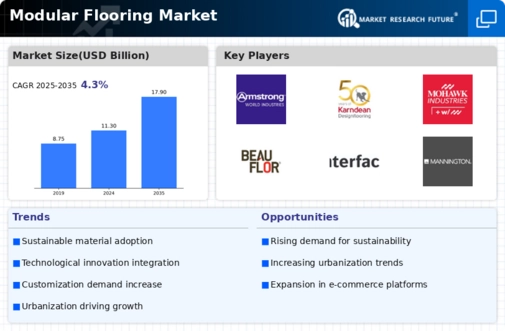
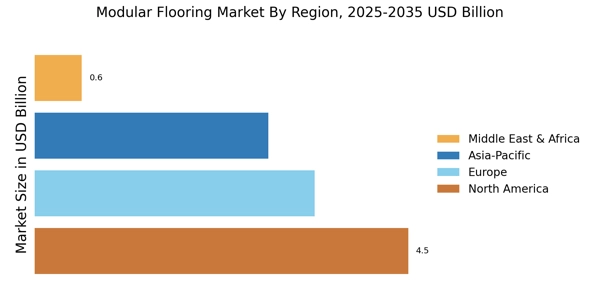

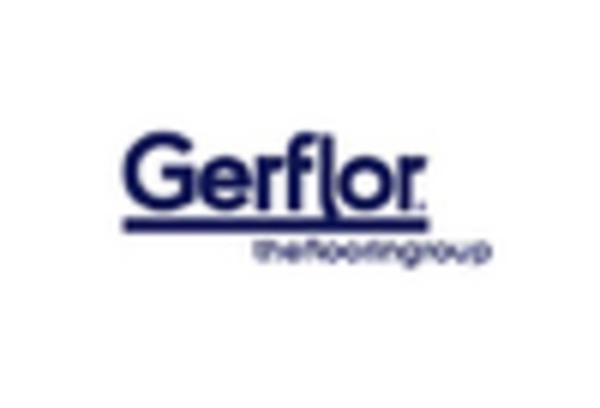
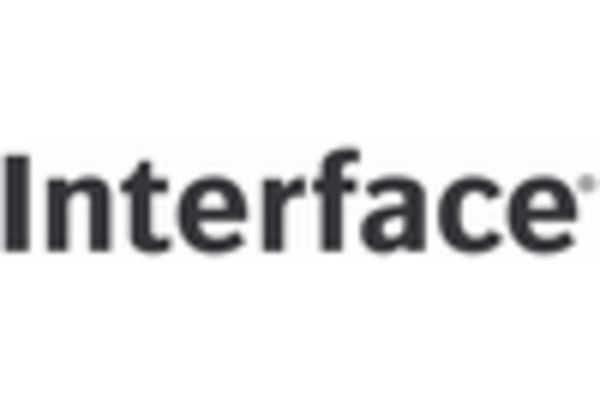
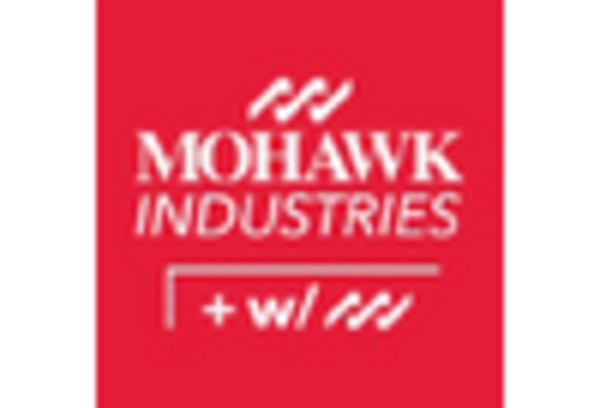
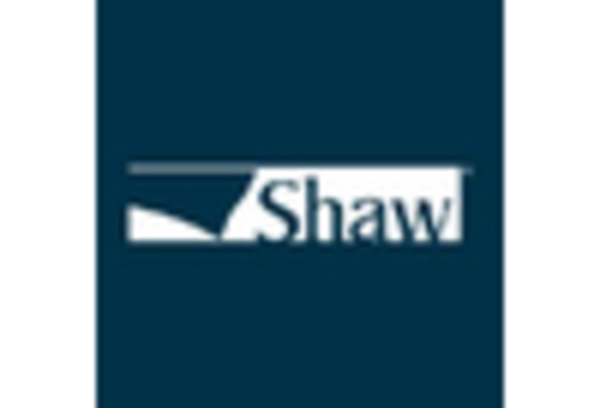
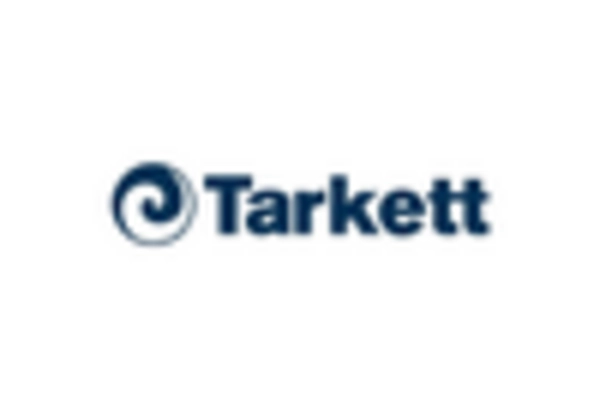








Leave a Comment